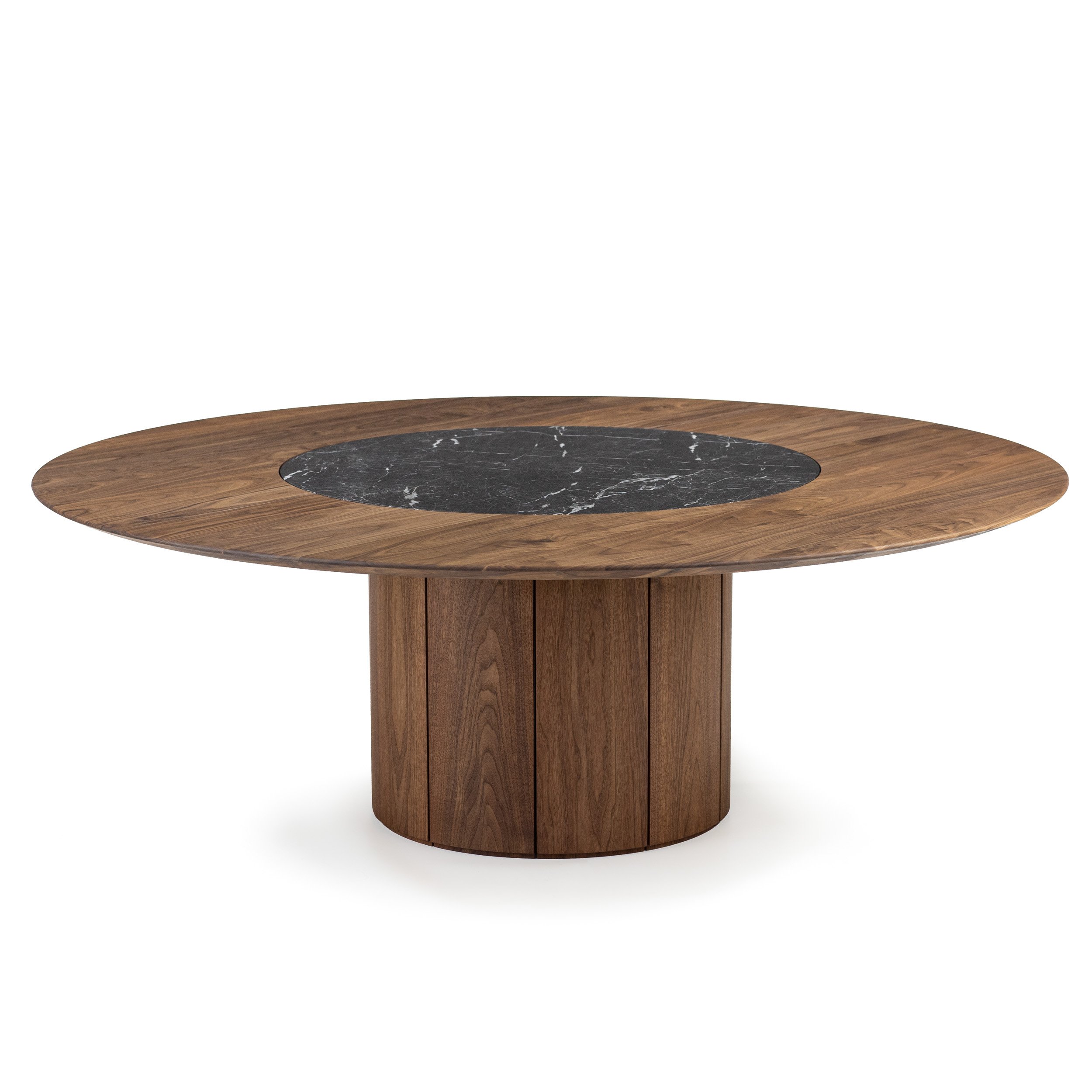How To Tell If You are Buying Solid Wood
When setting up a room, it’s likely that you have criteria in mind for the furniture that will live there. Some priorities may be functional pieces that match your space and accommodate your lifestyle.
Solid wood furniture can check all those boxes with the added advantage of being durable, long-lasting, sustainable, and—when paired with simple designs—these pieces can traverse styles and travel through the home.
To recognize whether you are purchasing a solid wood piece or not, there are four basic elements to watch for.
1. WOOD ALTERNATIVES
There are two traditional styles of making wooden tables. The first is by building a table out of solid wood through and through.
The second is building the table out of a lower grade, softer wood, which then gets veneered in harder wood. Many mid-century pieces were built this way, and these tables are still considered solid wood, they just don’t have a solid surface all the way through.
Another common option is furniture made of plywood, MDF, or alternative core that have a solid wood or plastic veneer on the outside. These veneers often look very similar to solid wood, but there are ways to tell the difference.
2. WEIGHT
A solid wood table is almost always heavy. There are some exceptions, like cedar and pine, but most solid wood is a heavy load. Lift a table edge and consider whether it matches the material it claims to be.
But just because a table is heavy doesn't mean it’s made of solid wood. Some MDF core tables are also heavy. So, continue inspecting the piece for other signs.
3. END GRAIN
At the ends of the table, look for rings or open pores. While some manufacturers have recently developed veneers of end grain patterns, you can tell by following the grain from the side of the table to the end. On solid wood tables, the grain on the side will line up perfectly with the end grain and will also be the same colour.
4. WEARABILITY
Solid wood will have natural imperfections to it, but if there is damage to the table surface it will only reveal more wood, which can be refinished. On a veneered table, chips and scratches will reveal something different from the outer layer.
Wood is a living thing. It has characteristics, a distinct feel, and presence. Take the time to touch, ask questions (like whether the entire piece is solid wood or just some parts), and truly imagine it in your space. Whether you choose solid wood or decide a different option is best for you, we hope you enjoy the process of selecting the right pieces for your home.






